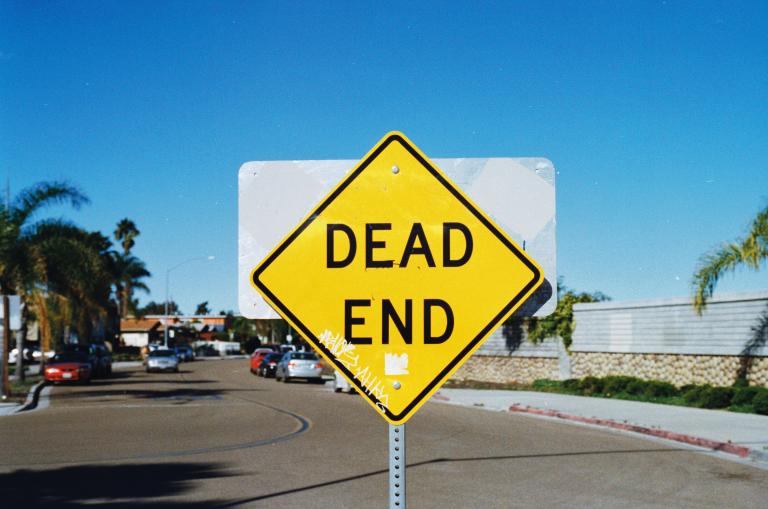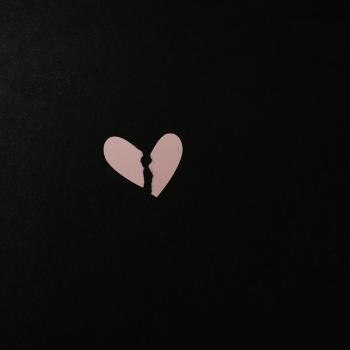There is a big difference between the everyday pains and struggles of relationship and a major dilemma. All of us need to persevere and communicate through the conflict, the challenges, and the annoyances of being in a relationship.
The best relationships still have to deal with struggle. It is a part of what makes a relationship great, the way we tackle issues. But the stress and strain can also be indicative of a major problem.

Use whatever metaphor you like – rock bottom, falling off the end, capsizing, etc. – some relationships are in crisis mode. How do you tell if you are at a relationship dead end or heading toward one? We often talk about an event (like abuse or infidelity or serving papers) as the dead ends of a relationship. But our circumstances, even the extreme ones are symptoms of the underlying diseases that destroy relationships. Understanding those underlying dangers can help us avoid them and live life within the kinds of relationships we all desire.
“Drifting Apart”
Our first dead end is actually two dead ends. One of you is at one and the other at the other. We often talk about this phenomena as “drifting apart”. You might use this phrase to describe why you are getting a divorce or haven’t seen a friend of yours in a long time. The idea being that, over time, the two of you have found yourself in different spots with a chasm between you.
How do we “drift apart” and how do we avoid it? The undercurrent that leads to this kind of separation is a difference in vision. If one of you is looking one way and walking toward the spot on the horizon you’re gazing toward, while the other is doing the same thing but toward an altogether different spot, of course you are going to end up in two different places.
This is often masked in the early, romantic phase of a relationship. When those spots are far off in the horizon, they can seem pretty close. Plus the romance of beginning a journey with hope can mask how different your visions really are.
If you find yourself “drifting apart”, you need to have some honest, intentional conversations about what you value and what your vision is for the relationship. Separate visions result in two distant, lonely dead ends for each person involved. You have to backtrack and find a common and shared vision if you want any chance of salvaging the relationship.
Combat
One of the most prevalent dead ends in the subtle commitment from one or both parties to fight and defeat the other. I want things my way. We need to put the toilet paper roll on in the direction I like, do traditions like my family does them, go where I want for vacation, raise our kids like I think they should be raised. These are actually symptoms in and of themselves – the real desire is: this relationship should validate what I want to be true about myself, I should feel good all the time, I need to feel comfortable and safe and cared for.

None of these are bad considerations. You do need to communicate these. The trouble comes when you value your own perspective and desires over and against your partners. You should love as much as you want to be loved.
We want someone to care for us and not value us for our looks, who will love us in spite of our faults and be there and care for us. But we want that person to be hot and rich! It’s a disjointed, absurd, self-centered, naïve approach to relationships. And when we set ourselves and the people we love up to this ME-centered approach to living, we commit to fighting one another to make it happen. And no one wins.
Resignation
This last one is a little more subtle. Sometimes a couple will just decide to live two separate lives. Like those people who sleep in different rooms. You come home, do your thing, play with the kids, and retreat to your own room. It is a dead end of isolationism. You become two ships constantly passing in the night. You do not have a life together, just parallel lives.
A relationship cannot survive this way. It suffocates one or the other (or both) or drowns them in a sad, robotic complacency.

The good news is all of these dead ends are not permanent. Think of them more like cul-de-sacs. We can turn around and find our way out or we can crash and burn into the unforgiving curbside. The choice, as always, is in our hands.












